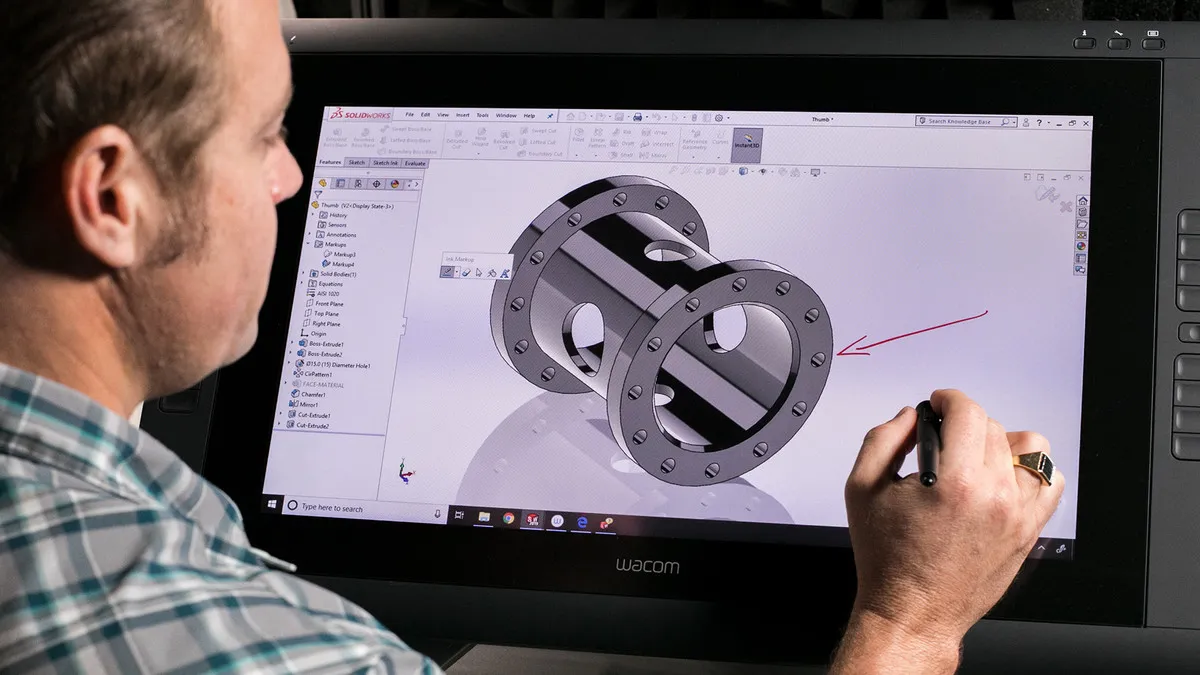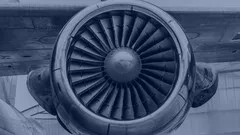
UAV Design 
Learn the art of UAV design with this comprehensive course! In the first part, you'll review key concepts and delve into the static stability of different UAVs. Discover the crucial role of the Neutral point and Centre of gravity for a stable flight. Explore wing design and airfoil selection through real-life examples. Dive into tail sizing, control surface sizing, and the significance of tail volume ratio with practical illustrations. Plus, you'll develop a subroutine for the design process and tackle design examples for conventional takeoff, hand launch, and VTOL fixed wing UAVs. Don't miss this opportunity to become a UAV design expert! ▼
ADVERTISEMENT
Course Feature
![]() Cost:
Cost:
Free
![]() Provider:
Provider:
Swayam
![]() Certificate:
Certificate:
No Information
![]() Language:
Language:
English
![]() Start Date:
Start Date:
Self Paced
Course Overview
❗The content presented here is sourced directly from Swayam platform. For comprehensive course details, including enrollment information, simply click on the 'Go to class' link on our website.
Updated in [September 05th, 2023]
In the course "UAV Design," students will acquire a comprehensive set of skills and knowledge critical for designing and understanding Unmanned Aerial Vehicles (UAVs). This review focuses on the concepts covered in the first part of the course, providing insight into the skills and knowledge students can expect to gain:
Understanding Static Stability: Students will gain a deep understanding of the static stability principles governing various UAV designs. They will learn the significance of the location of the Neutral Point and Centre of Gravity in ensuring a stable flight, which is essential for safe and effective UAV operation.
Wing Design and Airfoil Selection: The course will equip students with the skills necessary for designing wings and selecting appropriate airfoils. Real-world examples will be provided to illustrate the design process, allowing students to apply these principles to their own UAV projects.
Tail Sizing and Control Surface Sizing: Students will learn how to size the tail and control surfaces of UAVs for optimal performance and stability. The significance of tail volume ratio will be explained through practical examples, enabling students to make informed design decisions.
Subroutine Development: The course will cover the development of subroutines for the UAV design process. This skill is crucial for automating and streamlining design calculations, saving time and ensuring accuracy in the design phase.
Design Examples: Students will be exposed to real-world design examples for various types of UAVs, including conventional takeoff fixed-wing UAVs, hand-launched fixed-wing UAVs, and VTOL (Vertical Takeoff and Landing) fixed-wing UAVs. These examples will demonstrate how to tailor UAV designs to meet specific mission requirements.
Contribution to Professional Growth:
This course plays a pivotal role in enhancing a professional's skillset in the field of UAV design. By mastering the skills mentioned above and gaining in-depth knowledge of UAV stability and design principles, professionals can significantly contribute to the development of innovative UAV solutions. This expertise is highly sought after in industries such as aerospace, defense, and remote sensing, offering opportunities for career advancement and specialization in UAV technology.
Suitability for Further Education:
The course is well-suited for individuals seeking further education in the field of UAVs. The skills and knowledge acquired through this course provide a solid foundation for pursuing advanced degrees or specialized training in aerospace engineering, UAV technology, or related fields. Additionally, the practical design examples and hands-on experience make it an excellent choice for those planning to engage in research or development of UAVs at an advanced academic level.
Course Provider

Provider Swayam's Stats at AZClass
Discussion and Reviews
0.0 (Based on 0 reviews)
Explore Similar Online Courses

Learn F#

Solidworks 2019 Essential Training

Python for Informatics: Exploring Information

Social Network Analysis

Introduction to Systematic Review and Meta-Analysis

The Analytics Edge

DCO042 - Python For Informatics

Causal Diagrams: Draw Your Assumptions Before Your Conclusions

Whole genome sequencing of bacterial genomes - tools and applications

How do Aircraft Engines Work? (FREE COURSE!)

Aerospace Engineering: Aircraft Systems and Avionics


Start your review of UAV Design